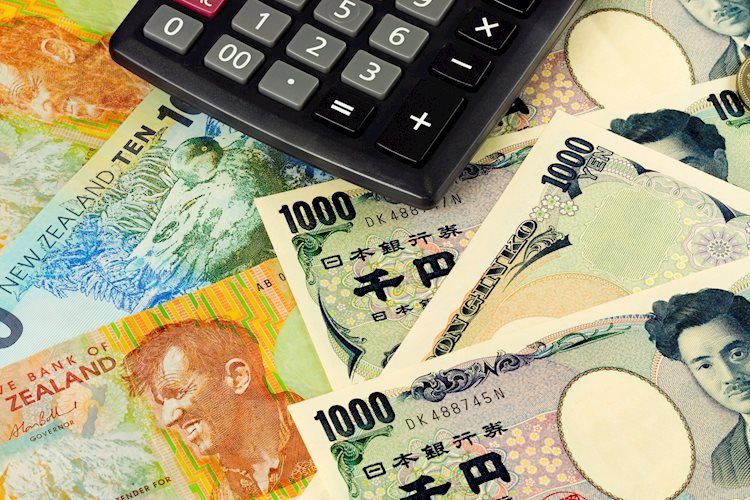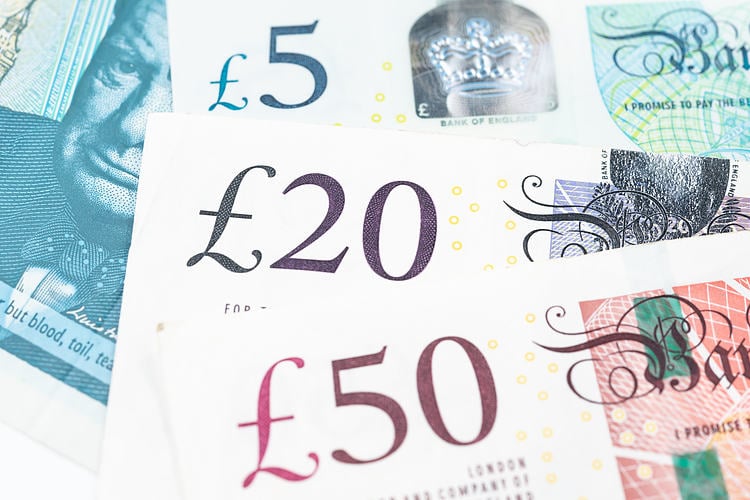One of the options sought by those who do not want to take too much risk in their investments is Tesouro Direto. In addition to being considered safe, government bonds allow for low value investments, making them more affordable.
But what exactly is Treasury Direct? What are the title types? How to invest? Clear this and other questions below:
What is Treasury Direct?
Created in 2002, the Tesouro Direto was developed by the federal government to raise funds and finance public debt. Managed by the National Treasury, it is similar to a personal credit operation, in which an individual or legal entity lends money to the government in exchange for future income.
In recent years, this type of investment has grown among the population, especially due to the ease of applying and the low credit risk. In the transaction, the investor buys a public bond for a price and, later on, receives that same amount plus interest.
When issuing a bond, Tesouro Direto defines the value of each unit, the remuneration to be paid for it and the maturity date. Currently, there are options starting at R$30, which have an annual appreciation of 11% and payment for 2024.
What are the types of Treasury Direct bonds?
Treasury Direct bonds are classified as fixed-income securities, which guarantee a return higher than that invested, when redeemed on the maturity date. There are three types of title: prefixed, post-fixed and hybrid:
- Fixed-rate bonds: have a fixed interest rate, defined during the investment, which allows the investor to know how much he will receive at maturity. Example: 10% per year.
- Post-fixed: also called Treasury Selic, they have a yield proportional to the basic interest rate, therefore, they vary over time. Example: Selic + 0.5% per year.
- Hybrids (IPCA+): are corrected by the result of inflation, measured by the Broad National Consumer Price Index, and carry some additional percentage to ensure a return higher than the inflation rate. Example: IPCA + 5% per year.
What is the best Treasury Direct bond?
This can vary according to the needs of each investor, explains Guilherme Dultra, director of personal finance at the National Association of Finance Executives (Anefac). He points out that, in order to arrive at the best option, it is necessary to define the period in which the money can be left, considering that the preferable thing is to withdraw it when it expires.
After that, it is important to evaluate the remuneration and consider which is the most advantageous. Normally, according to him, the longer the payment period, the greater the prize offered.
“In fixed rate options, you know exactly how much you will receive in return, as long as you redeem it on maturity. In post-fixed, you know the remuneration criteria, but you only know the total return at the end, since they are linked to an index. Hybrid bonds, on the other hand, have part of their remuneration defined in the purchase and the rest is linked to inflation”, he points out.
How to invest in Tesouro Direto?
To invest in Tesouro Direto, the interested party must have a CPF in good standing, in addition to being registered with a bank or investment brokerage. Initially, in the case of those who have never invested, it is necessary to answer a questionnaire that indicates whether the investor’s profile adheres to that product.
After that, you need to access the investment screen of the financial application and choose one of the options, according to the value, remuneration and expiration date. There are banks that offer this application for free, without charging a fee. On the National Treasury website, there is a list of all qualified institutions.
When it expires, the amount is deposited in the same account in which the contribution was made, with the necessary additions. The National Treasury also guarantees the early redemption of the security, considering the market variation on the day of the request.
When is it worth investing in Tesouro Direto?
In general, the Tesouro Direto may become more attractive when the IPCA (Extended National Consumer Price Index) and the Selic rate are high. This makes the return on these investments better.
Can you have a loss with Tesouro Direto?
Like some other fixed income products, investments in Tesouro Direto have daily liquidity, that is, they can be withdrawn at any time. However, as Dultra warns, the early redemption of government bonds can cause losses to investors, given that they follow a market variation.
The main factor for this fluctuation is the price of futures contracts traded on B3, the Brazilian stock exchange. “If investors on the stock exchange believe that the Selic will rise 9% in two years, a Treasury bond that has already been traded, which provides for a fixed interest of 6% also in two years, becomes less interesting and loses value”, he explains. In this case, before the term, the value of the paper may be lower than the invested amount.
What is the difference between CBD and Tesouro Direto?
In general, both the CDB and the Tesouro Direto are fixed-income operations that involve the purchase and sale of credit securities as a way of raising funds in the market. In terms of remuneration, the two modalities have similar characteristics.
There are, however, two details that differ these products. The first is issuance: the Tesouro Direto is issued by the government, while the CDB is issued by private financial institutions. The other difference is the credit risk: public bonds carry the lowest risk index, while private bonds vary according to the issuing bank, which is why it is protected by the FGC (Credit Guarantee Fund).
Does Tesouro Direto have FGC coverage?
Government bonds are not covered by the Credit Guarantee Fund (FGC), as is the case with other types of fixed income. However, they are guaranteed by the National Treasury, which never defaulted, being considered one of the safest investments. Even in the event of bankruptcy of the financial institution that intermediated the investment, the bonds are not impacted because they are registered in the CPF of the person who purchased them.
Treasury Direct has fees?
According to the legislation, public bonds may be subject to three rates, which change according to the time and amount applied. The first charge, called the custody fee, is 0.2% per year and is levied on earnings in excess of R$ 10 thousand. It is deducted by B3 every six months to cover the exchange’s operating costs.
The second taxation occurs through the Tax on Financial Operations (IOF) on redemptions made within one month after application. It follows a regressive table that taxes from 96% to 3% of income in 30 days. After this period, profits are exempt from IOF.
In addition, regardless of the amount, there is a direct withholding income tax on the earnings, at a also regressive rate ranging from 22.5% to 15%, as shown in the table below:
How to simulate an investment in Tesouro Direto?
The Treasury Direct website offers a financial calculator that simulates the profitability and evolution of the application based on a single deposit or monthly contributions. Access to the tool can be done on the top bar of the site, clicking on the “Simulator” link, then on “Simulate titles”.
Reference: CNN Brasil
I am Sophia william, author of World Stock Market. I have a degree in journalism from the University of Missouri and I have worked as a reporter for several news websites. I have a passion for writing and informing people about the latest news and events happening in the world. I strive to be accurate and unbiased in my reporting, and I hope to provide readers with valuable information that they can use to make informed decisions.






